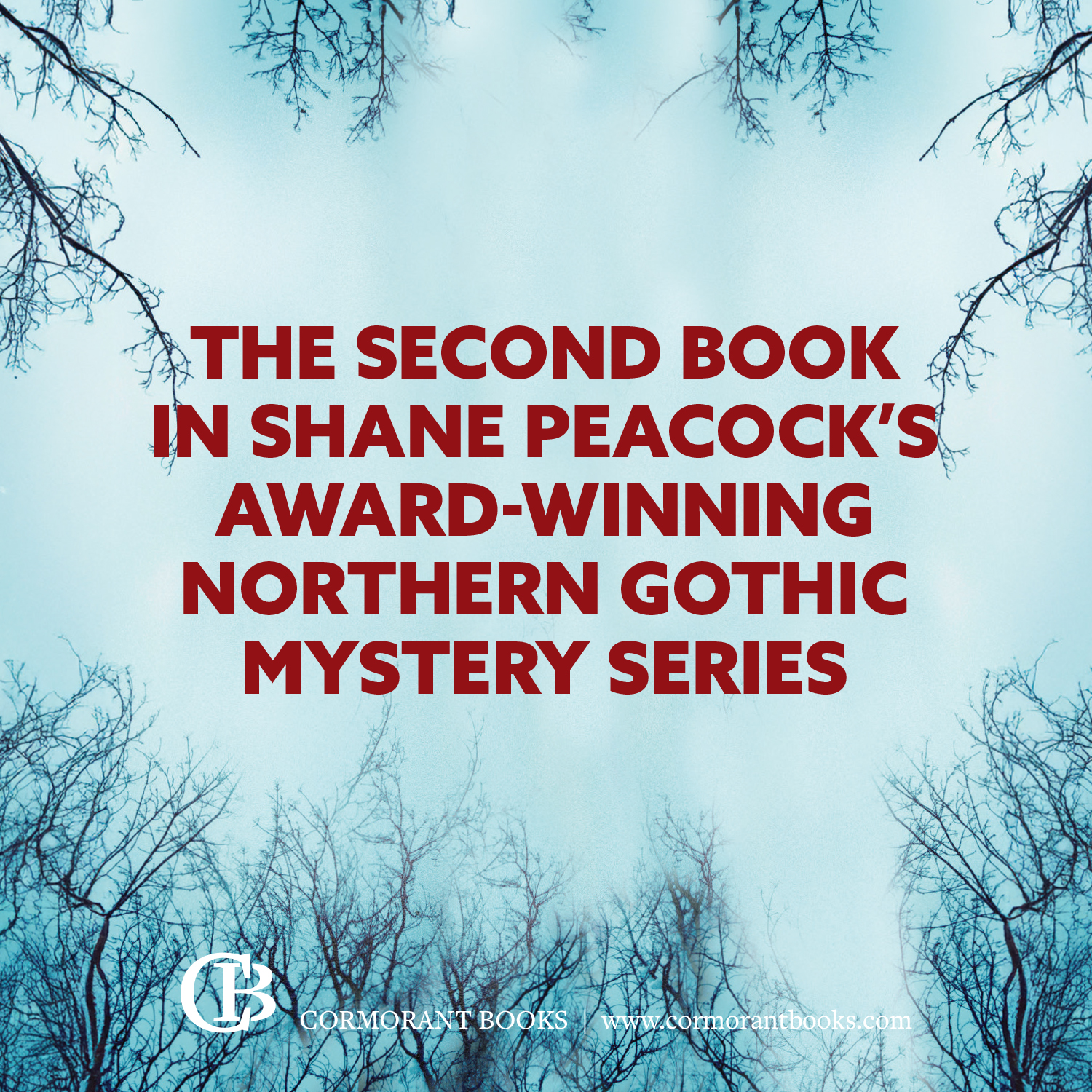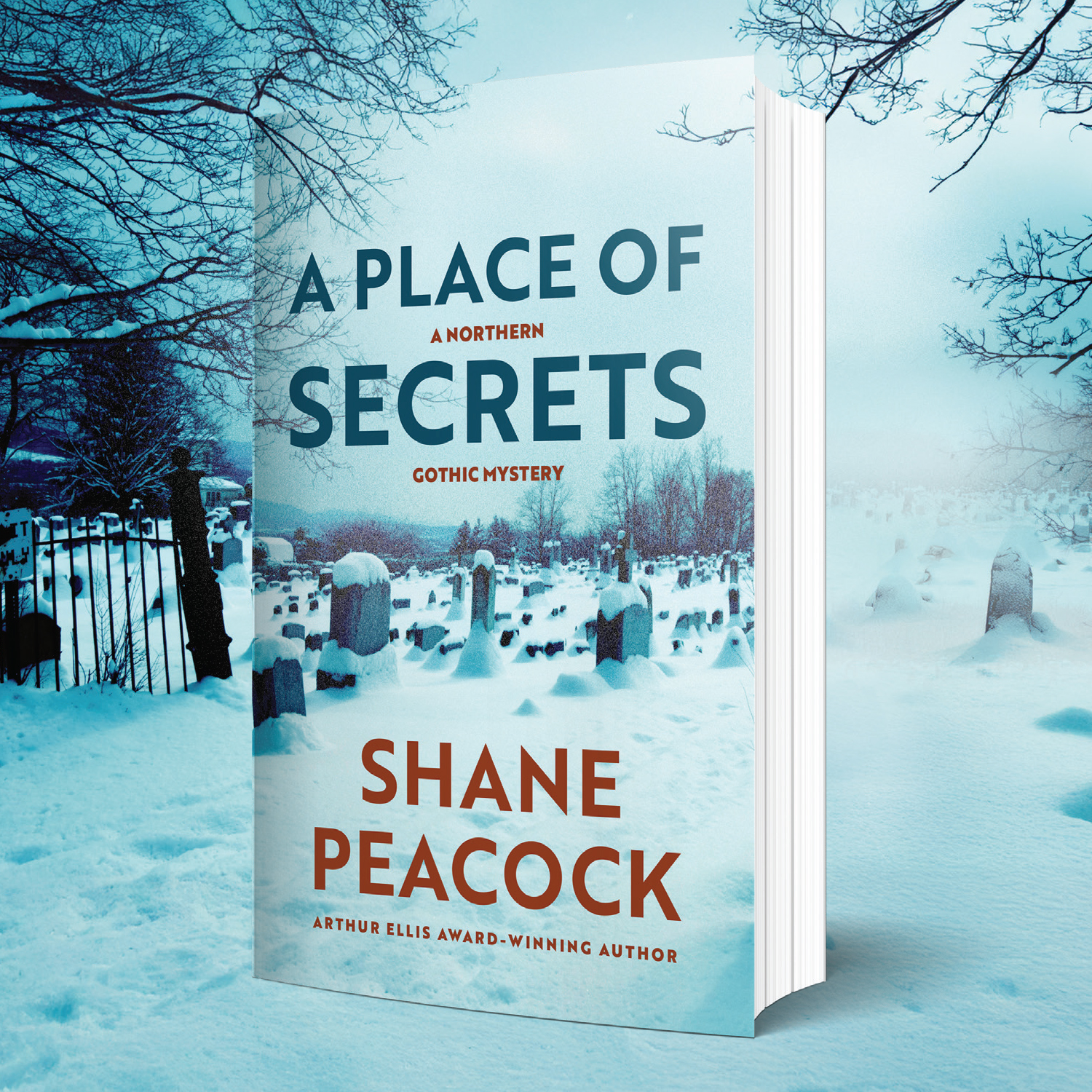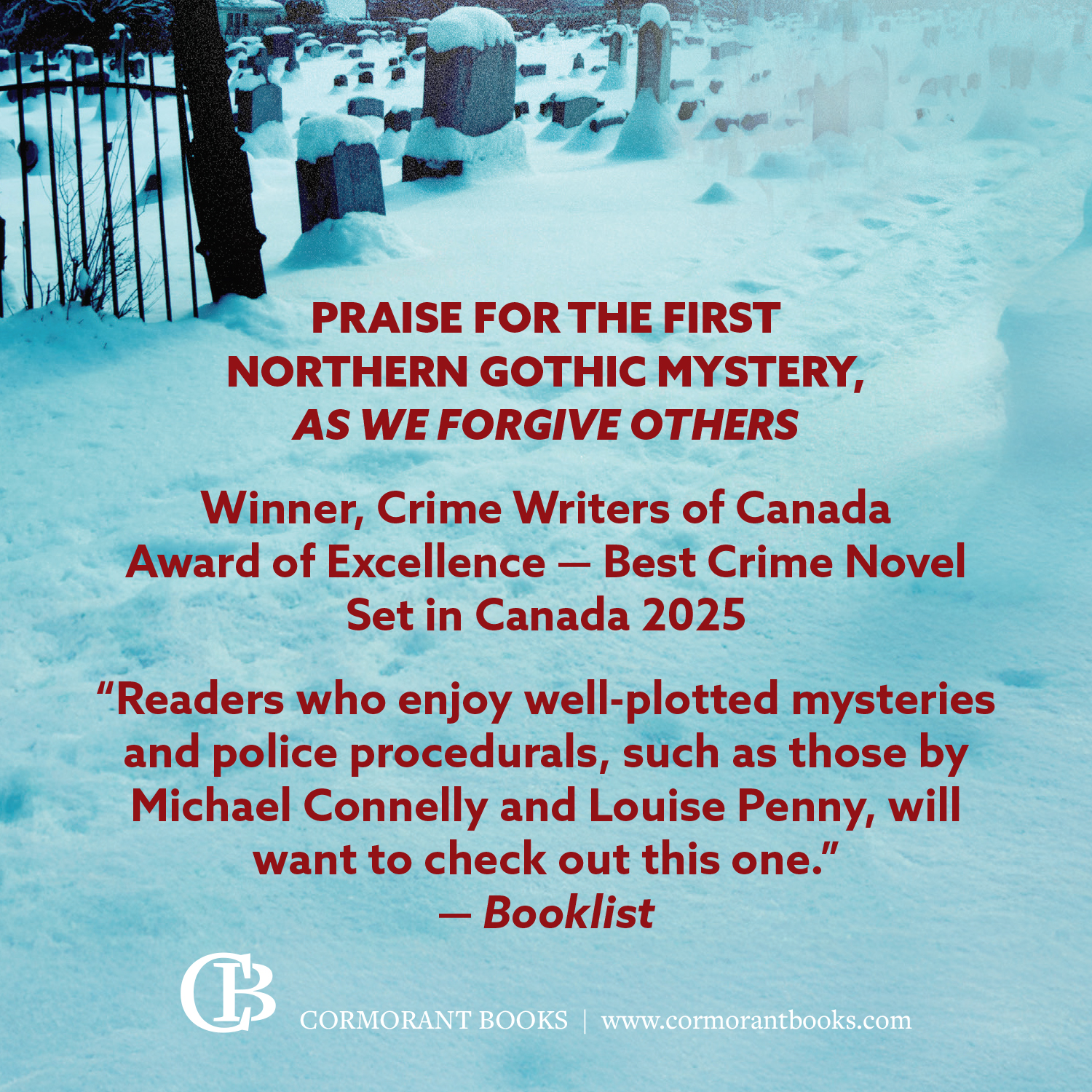 There’s something inherently appealing about the best of the Golden Age – novels that have stood the test of time, which you can revisit anytime and be sure of a tight story and satisfying conclusion. Yet not every Golden Age novel has fared so well. Many titles by less prolific authors have been lost among the hundreds of Agatha Christie, Margery Allingham and Dorothy Sayers reprintings. Some were writers who challenged the form slightly, others just weren’t very good. However, if you take a look there are lots of forgotten Golden Age gems out there just waiting to be rediscovered. Here’s a small collection of the more interesting choices…
There’s something inherently appealing about the best of the Golden Age – novels that have stood the test of time, which you can revisit anytime and be sure of a tight story and satisfying conclusion. Yet not every Golden Age novel has fared so well. Many titles by less prolific authors have been lost among the hundreds of Agatha Christie, Margery Allingham and Dorothy Sayers reprintings. Some were writers who challenged the form slightly, others just weren’t very good. However, if you take a look there are lots of forgotten Golden Age gems out there just waiting to be rediscovered. Here’s a small collection of the more interesting choices…
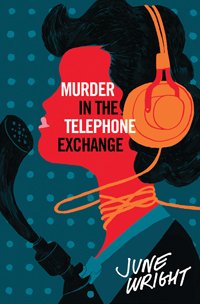 Murder in the Telephone Exchange by June Wright (1948)
Murder in the Telephone Exchange by June Wright (1948)
By the time of her death in 2012, June Wright and her small collection of detective novels set in 1950s Melbourne were largely forgotten. That changed earlier this year when the crime fiction imprint of Verse Chorus Press picked up her 1948 debut Murder in the Telephone Exchange. The novel tells the story of telephone exchange operator Maggie Byrnes, who discovers a co-worker beaten to death with a buttinsky – an instrument for listening in on phone calls. The feisty and unusually outspoken Ms Byrnes takes it upon herself to find out who committed the crime, getting tangled up with the police, and her own best friend, during the course of her investigation.
Surprisingly dark and edgy, the book gives an interesting insight into Melbourne in the period immediately after the war. Maggie Byrnes treads the same line that the author June Wright herself trod, balancing the demands of work with the demands of a woman in 1940s Australia, and is almost undoubtedly literature’s first golf-playing lady detective. June Wright followed Murder in the Telephone Exchange with five other novels with varying success, two of which are scheduled for publication by Dark Passage early in 2015.
Buy now on Amazon
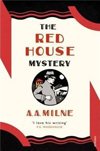 The Red House Mystery by AA Milne (1922)
The Red House Mystery by AA Milne (1922)
Forgotten? Well, not quite. It was one of the novels listed in the first article published here on CFL, but many fans of crime fiction may not know of this interesting genre-crossing outing by the author of the Winnie-the-Pooh series.
The book is a locked-room mystery set in an English country house – one of the more common locales found in Golden Age detective fiction. It starts with Tony Gillingham getting off at the wrong railway station to find himself at the Red House, where his old acquaintance Mark Ablett is hosting a party. When Ablett’s estranged brother turns up from Australia, and is later found dead, Gillingham is drawn into investigating the murder. The novel is quick and witty, with a nod and a wink to Holmes and Watson, and plenty of theories thrown around as the plot develops.
In the author’s preface Milne professes his love for detective fiction, and spells out the rules for the genre. While the question of whether or not Milne followed these rules strictly is debatable, the short introduction is a good primer on Golden Age crime stories. Though not perfect, this novel certainly is interesting, if only because it predates JK Rowling’s genre-jumping foray into crime fiction by almost a century.
Buy now on Amazon
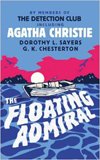 The Floating Admiral by The Detection Club (1931)
The Floating Admiral by The Detection Club (1931)
Written in turns by 14 masters and mistresses of the Golden Age including Agatha Christie, GK Chesterton and Dorothy L Sayers among others, this novel may be more interesting because of who took part rather than the story they produced. The authors wrote in turn, each contributing their chapter based solely on the previous ones, deciding themselves where the plot would go. This approach means that the writing is inconsistent and as a result this novel probably won’t feature in any reader’s top five. But a fan of any of the Golden Age will enjoy the novelty – pardon the pun – and may even discover some interesting authors they haven’t heard of.
The setting is a small seaside town, where a body is found floating downstream in a rowboat. Each chapter adds a new twist to the tale of the floating admiral, creating more confusion than any detective can possibly clear up in one book. An afterword by each author explains where they thought the plot was going as they wrote their chapter, and these thoughs may be more interesting than the mystery itself. HarperCollins’ 80th anniversary hardcover edition published in 2011 is worth purchasing for the beauty of the physical book, even if the story is not necessarily worthy of five stars.
Buy now on Amazon
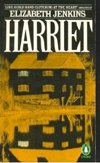 Harriet by Elizabeth Jenkins (1934)
Harriet by Elizabeth Jenkins (1934)
London-based publisher Persephone Books, which reprints quality forgotten books mainly written by women in the first half of the 20th century, may be off the radar for many readers of crime fiction. Harriet is one of five thrillers Persephone has published. Written in the 1930s, and set in the 1870s, its style familiar to readers of the Golden Age. The book’s brilliance is in how it offers you a view into the psyche of the characters.
The novel retells the true story of Harriett Richardson, a young girl of limited intelligence but huge inheritance, who one day has the misfortune to meet an attractive young man who sees an opportunity in Harriet and marries her. Along with its rich, descriptive language, it also has elements of horror and is a little like a psychological thriller. Like June Wright’s Murder in the Telephone Exchange it signals a movement away from the Golden Age towards the darker crime fiction prevalent from the 1940s.
Buy now on Amazon
Have you discovered any lost gems from the Golden Age? If so please share them with us below. For more classic crime in a similar vein, visit Bloomsbury Reader, sponsor of Classics in September here on Crime Fiction Lover.



